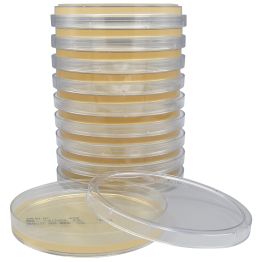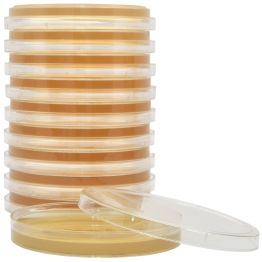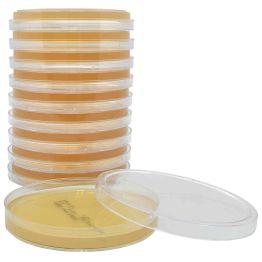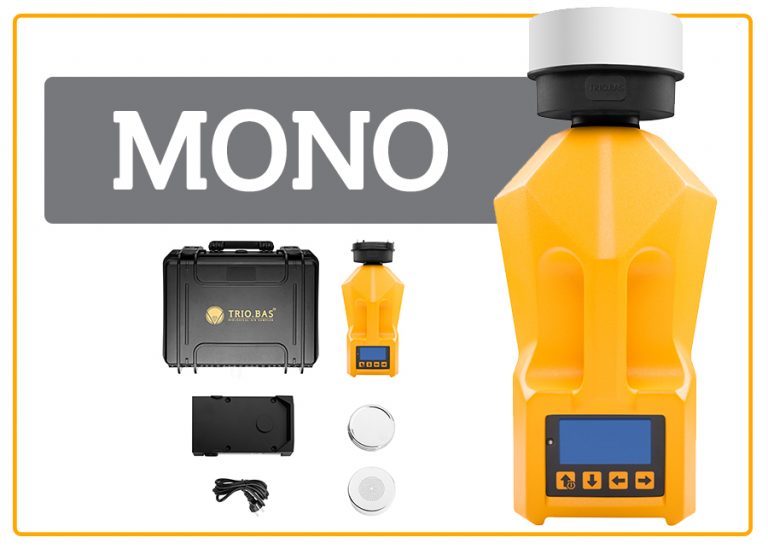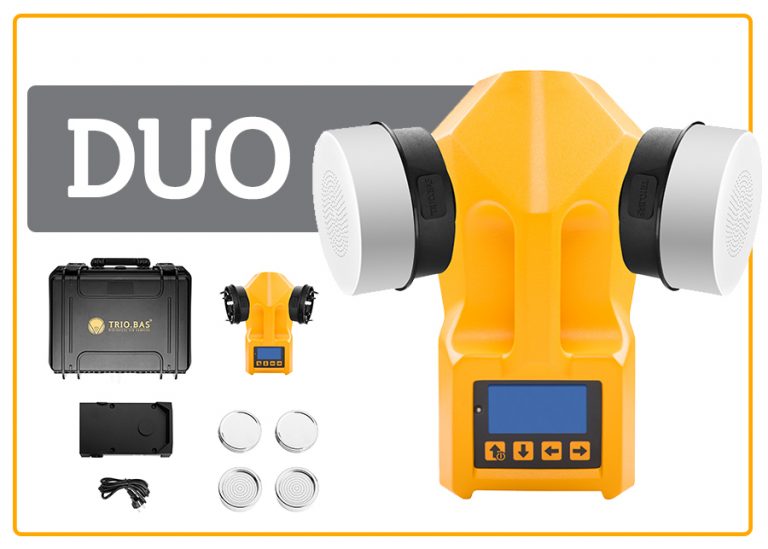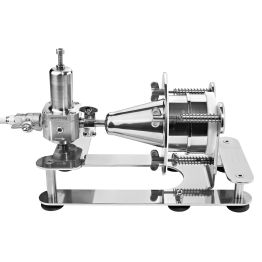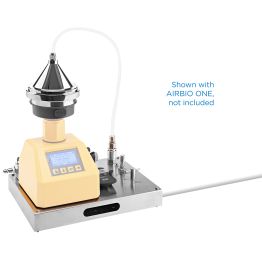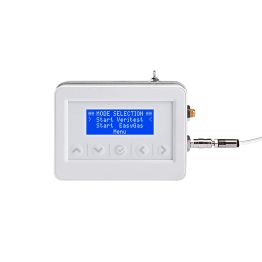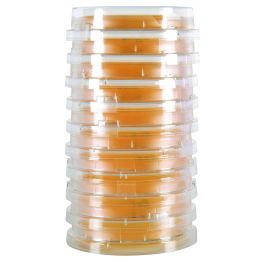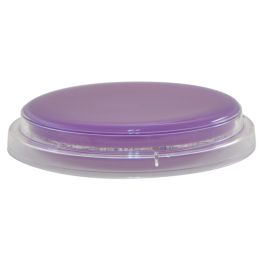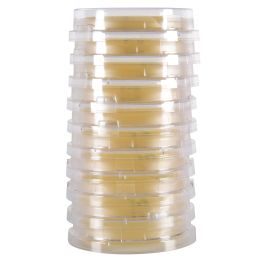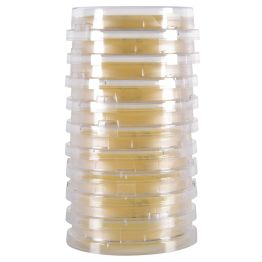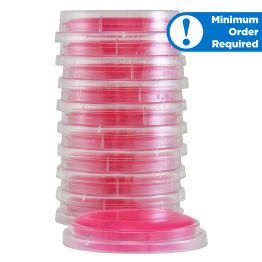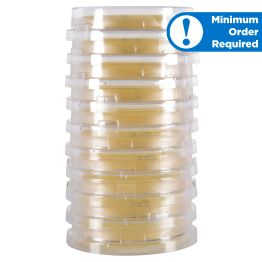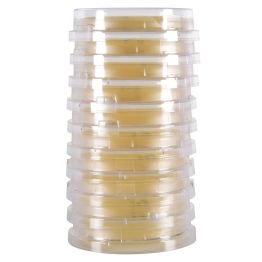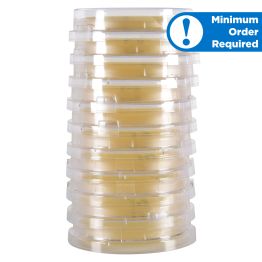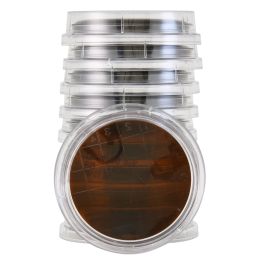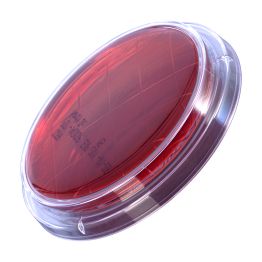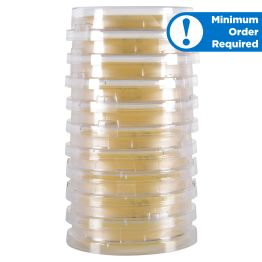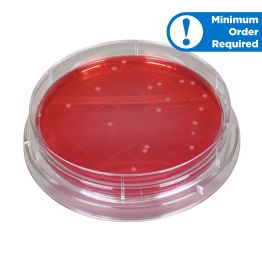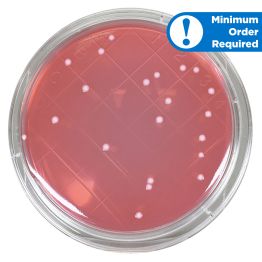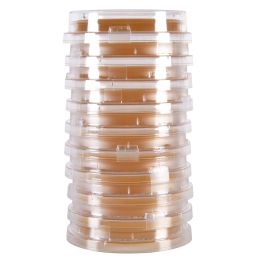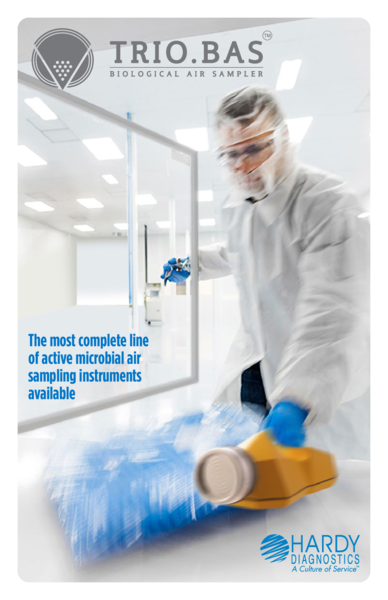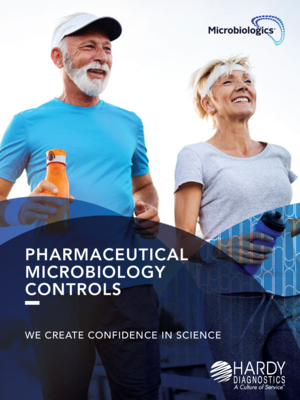Keeping it Clean: Environmental Monitoring in the Pharmaceutical Industry
Environmental monitoring (EM) in terms of pharmaceuticals refers to the process of assessing and controlling the environment within manufacturing facilities, particularly cleanrooms, to ensure that they meet cleanliness and safety standards. Even minor environmental contaminants can compromise product quality and safety. Technicians in the Quality Control or Quality Assurance Departments, Pharmacists, or other dedicated pharmacy personnel may perform environmental monitoring in their facilities. There are multiple reference standards from which pharmacies and pharmaceutical manufacturers can follow to advise their EM programs, including USP <797>, USP <1116>, ISO 14644 and EU GMP ANNEX 1. Testing frequency depends on the type of facility in which it is being performed, however, the information collected from routine environmental monitoring can be used to determine action limits, to identify trends within unique testing environments, and to guide personnel to employ corrective actions when limits are exceeded.
AIR QUALITY MONITORING
Regular air quality monitoring is essential to ensure that airborne particles, including microorganisms, are within acceptable limits.
Passive Air Sampling (Viable Particulate)
Settling plates are used in passive air sampling as a method to assess potential microbial contamination in cleanrooms. Petri dishes containing a culture medium, such as Tryptic Soy Agar, are left open in the cleanroom environment. As air circulates in the cleanroom, airborne particles, including microorganisms, settle onto the surface of the agar. This allows for the collection of microbial contaminants that may be present in the air. Once samples are obtained, plates are incubated to promote growth, microorganisms are counted, and results are reported as the number of colonies forming units (CFU) per time sampled.
Active Air Sampling (Viable Particulate)
Viable Impact Air samplers utilize impaction technology to collect and monitor for airborne microorganisms (such as bacteria, fungi, and yeast). During the sampling process, air is drawn into an air sampling instrument and makes a sharp bend under the sampling head; particles above a specific size that can't follow the momentum of the airstream strike onto sterile media such as Tryptic Soy Agar or Sabouraud Dextrose, - this is how your sample is collected. The media plate is then removed from the air sampling instrument and incubated to promote the growth of viable particulates. If growth occurs, microorganisms are counted, and results are reported as the number of colony forming units (CFU) per air volume sampled.
Gas Sampling
One often overlooked but crucial component of EM is ensuring the sterility of gases or compressed air used in various stages of production. Microbial contamination of these gases used in drug manufacturing poses a significant threat to pharmaceutical products; introducing even minute amounts of bacteria or other microorganisms during the process can compromise the quality and safety of medications or products. Multiple instruments are available to check gases commonly used in facilities, including compressed air, argon, nitrogen, and CO2.
Particle Counting
Particle counters count non-viable particulates present in the air. While a non-viable particle does not contain a living microorganism, it can act as transportation for viable particles that can potentially contaminate products. Larger benchtop particle counters can handle a higher airflow volume and provide a more dedicated solution for long-term monitoring. Handheld particle counters are ideal for spot-checking and may help track down a potential contamination source, test filters, and verify that the clean room is working within the specified parameters.
SURFACE SAMPLING
Contact plates with convex media are used to sample tabletops, walls, benches, floors, garments, and personnel. Microorganisms collected using this method are quantified based on the colony-forming units (CFU) per unit area sampled. Contact plates are most effective on flat surfaces and should include a grid to aid in CFU counting per square centimeter. Another goal of surface sampling is to assess the effectiveness of regular cleaning procedures in eliminating contaminants. Sampling can occur before and after cleaning, with media containing neutralizing agents like lecithin and Tween® to deactivate residual disinfectants. This setup enables comparison of results before and after cleaning to evaluate the cleaning protocol's efficacy.
CULTURE MEDIA
Commonly used culture media types are nutrient broths and agar plates. General growth media options, such as Tryptic Soy Agar (also known as Soybean Casein Digest Agar), which supports the growth of general microbial colonies, and Sabouraud Dextrose Agar, specifically designed for fungi, yeast, and mold, are frequently used. These media may incorporate neutralizing agents like lecithin and Tween® to neutralize the effects of disinfectants to ensure sampling efficacy. In cases where specific microorganisms need to be targeted or recovered, selective or low-nutrient media can be combined with non-specific formulations to focus on particular organisms of interest.
Contamination Investigations & MALDI-TOF
When levels are breached, it's advisable to identify microorganisms to pinpoint a potential source of contamination. Microbial identification can be performed using MALDI-TOF instrumentation, which uses mass spectrometry technology to rapidly and accurately identify unknown bacteria or fungi from an isolated culture. Hardy Diagnostics is your authorized and exclusive distributor for the Autobio MALDI-TOF.
This economical process does not require advanced laboratory training to perform and can deliver actionable insights when conducting a root cause analysis. Investigations should consider whether the sample was isolated or if conditions indicate an entire area is compromised. By following established protocols, a robust EM program empowers sampling personnel to take appropriate actions to reduce the impact on operations, ensure high-quality/sterile products and protect patient safety and outcomes.
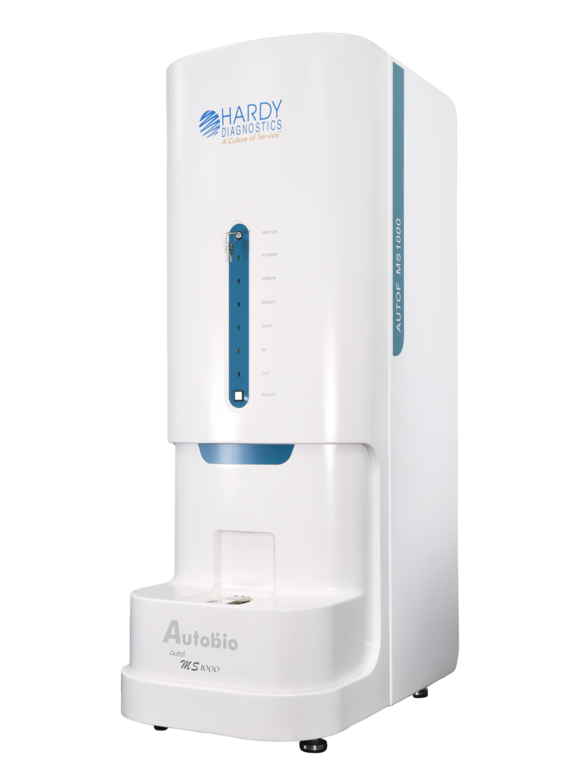
Additional Resources
Available support for our pharmaceutical partners
Meet the author

PHARMACEUTICAL PRODUCT MANAGER at HARDY DIAGNOSTICS
Joelle Brackeen, B.S. Marketing
Joelle Brackeen is the Pharmaceutical Product Manager at Hardy Diagnostics and has over a decade of experience in Marketing and Product Management. Before transitioning to the pharma sector, Joelle had the privilege of co-founding and helping to grow a business into a highly profitable, multinational enterprise. Her unique blend of entrepreneurial spirit and product management expertise contributes to her innovative approach and ability to drive successful products and strategic initiatives in the pharmaceutical industry. In her free time, she enjoys playing the piano and spending time at the beach.



